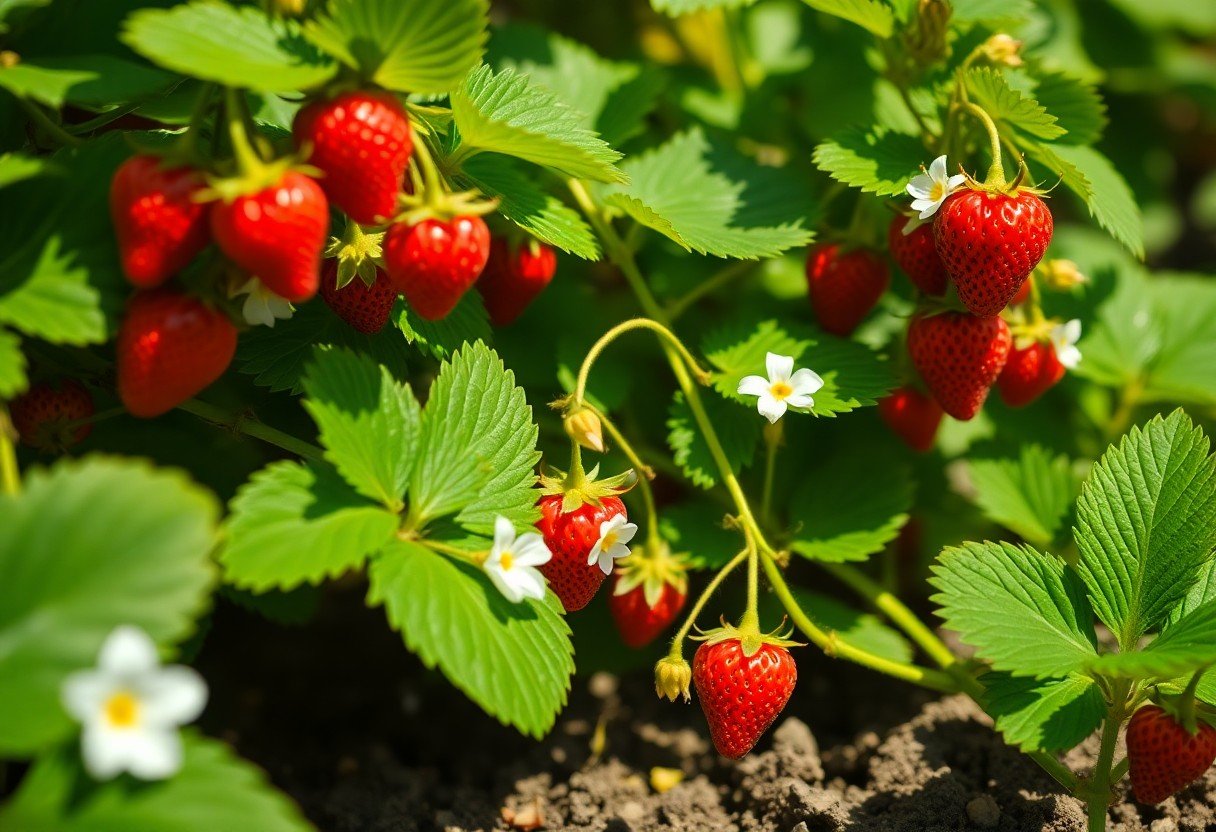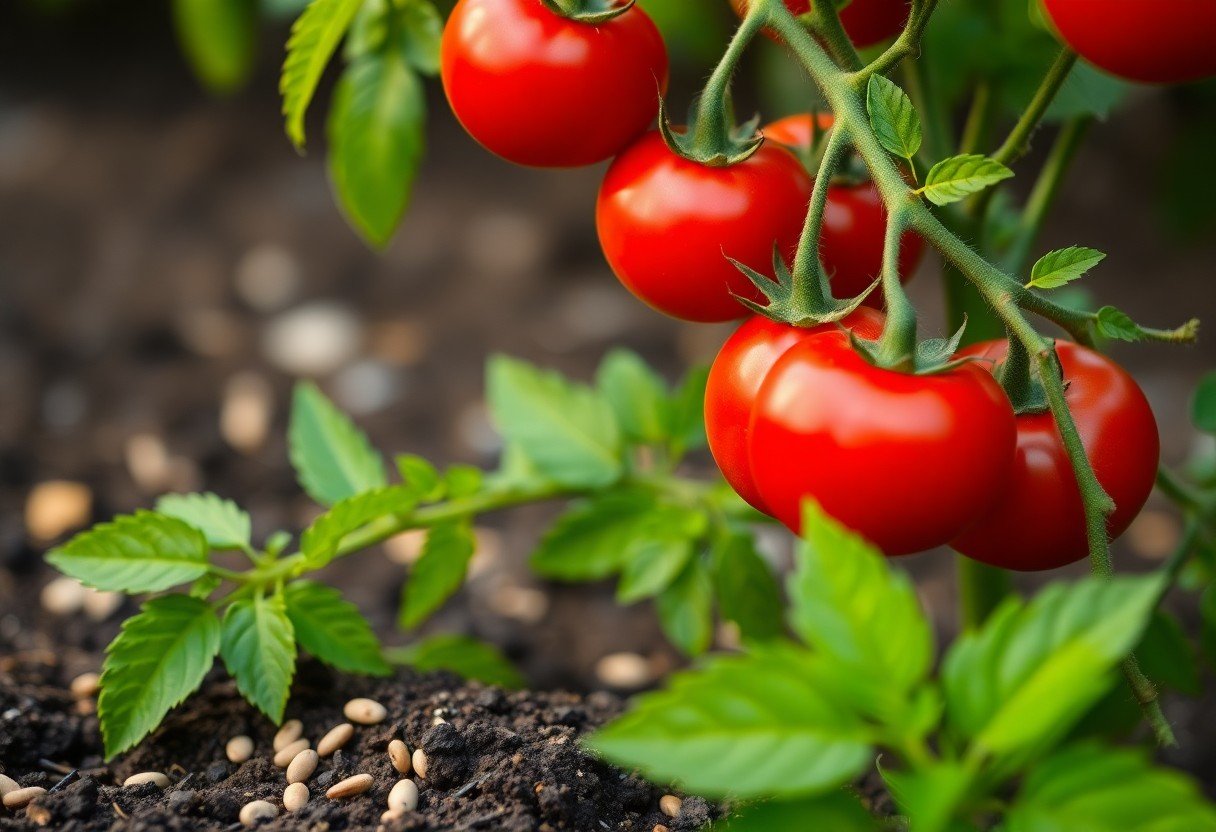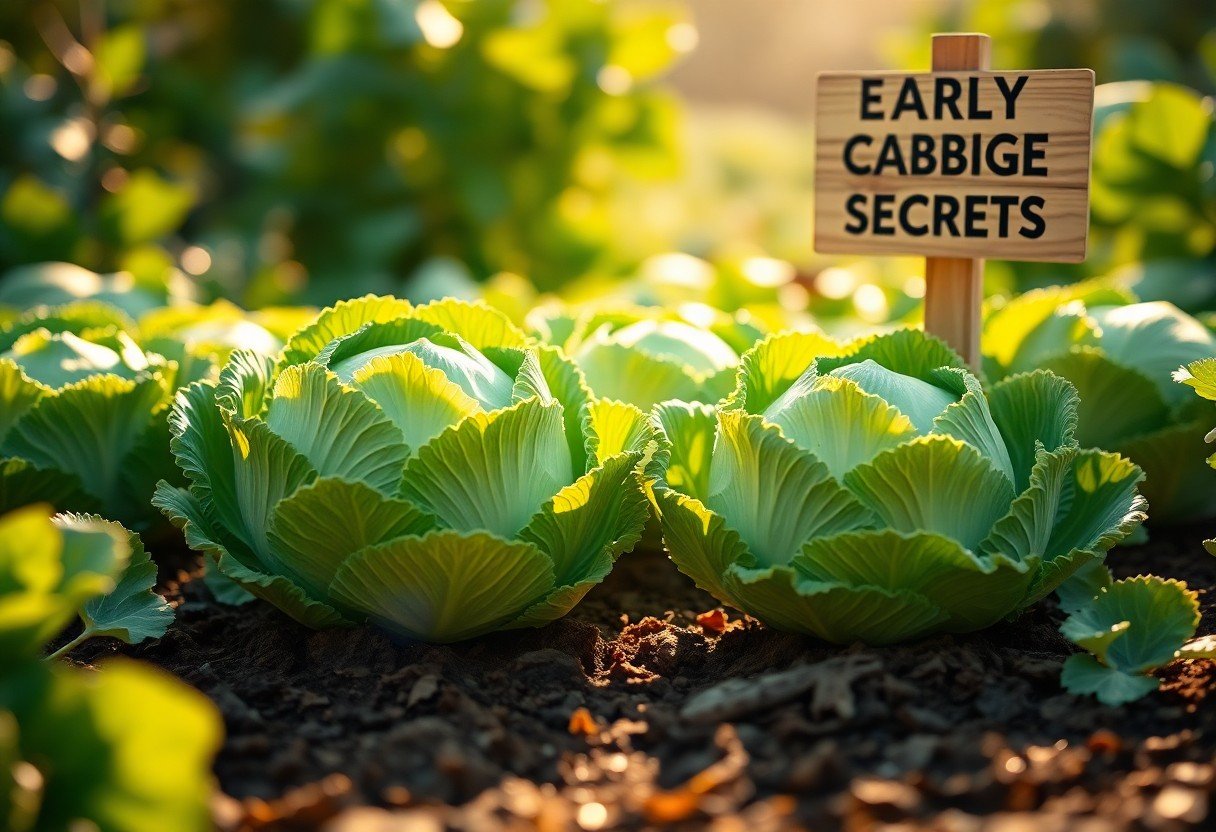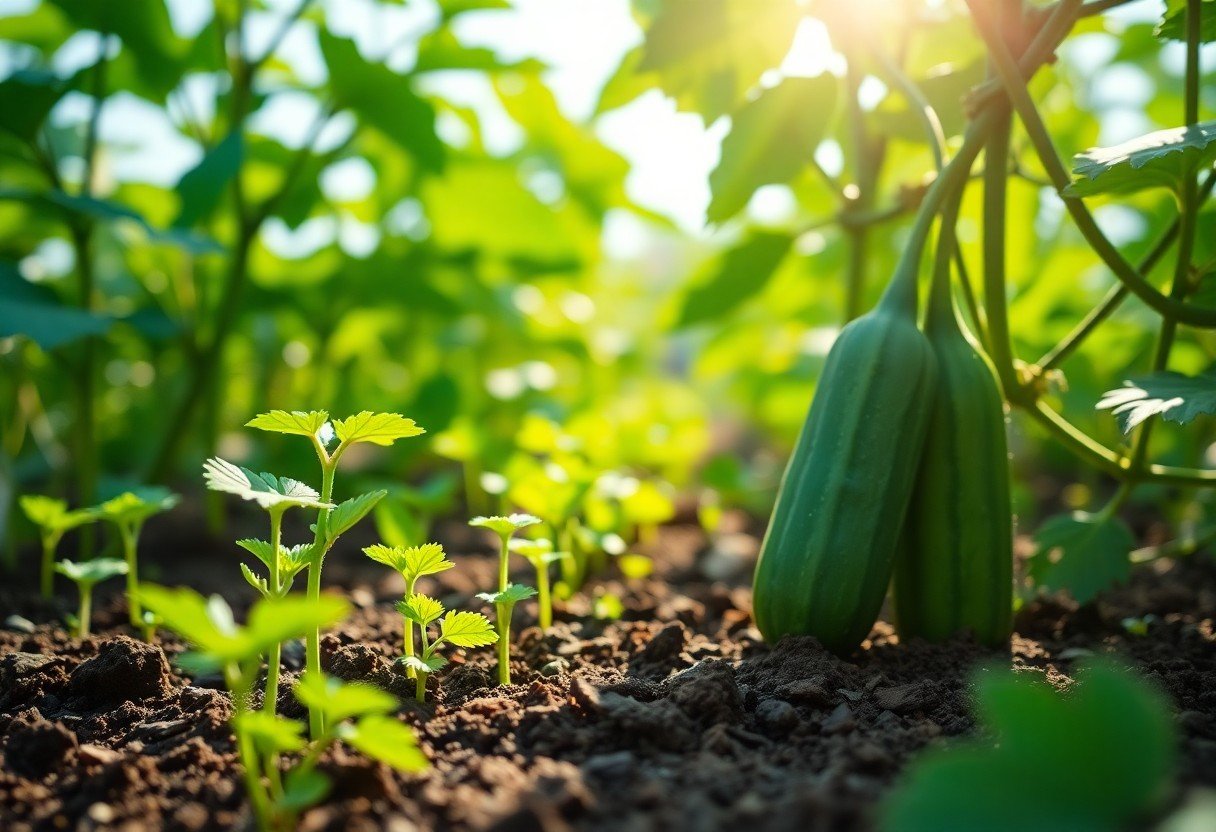With a little guidance, you can transform your garden with the delightful addition of kohlrabi. This versatile vegetable, known for its unique flavor and crunchy texture, is easy to grow from seed to harvest. In this post, you will learn crucial tips for sowing, nurturing, and ultimately harvesting your very own kohlrabi, ensuring a rewarding gardening experience that adds nutritional value to your meals. Get ready to cultivate this fascinating vegetable and enjoy the journey from garden plot to dinner plate.
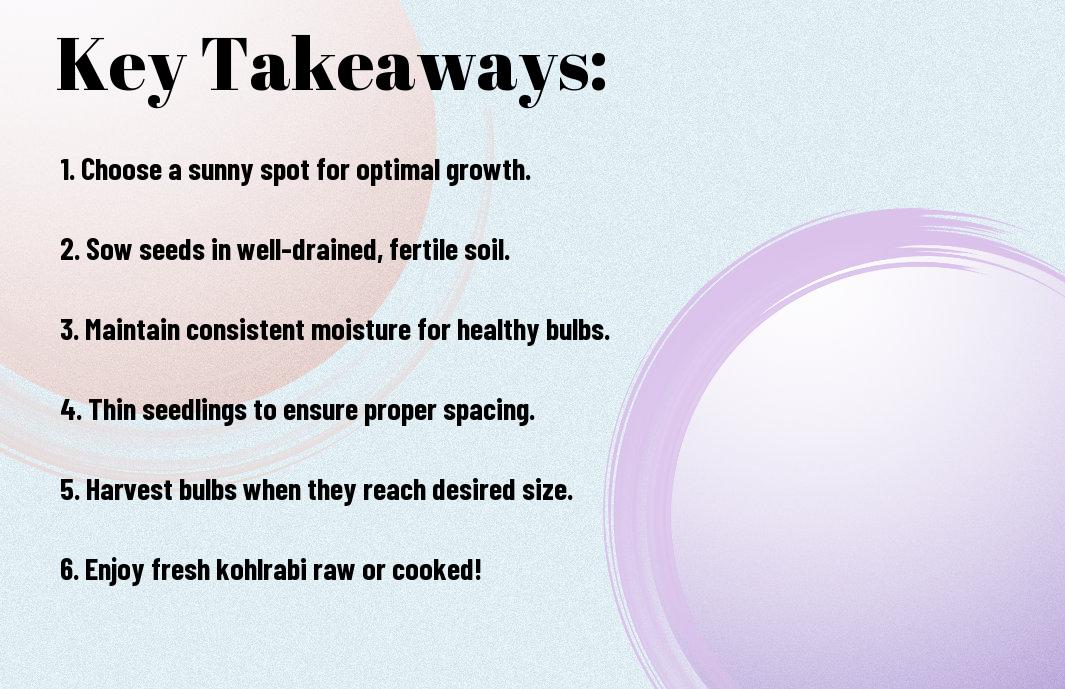
Understanding Kohlrabi
While you might be familiar with more common vegetables, kohlrabi, a bulbous member of the cabbage family, offers a unique twist to your garden and your plate. Initially cultivated in Europe, kohlrabi is gaining popularity worldwide for its versatility and distinct taste. This cool-season crop thrives in a variety of climates and can be enjoyed raw, sautéed, or roasted. With its crisp texture and mildly sweet flavor, it can serve as an exciting addition to salads, slaws, and stir-fries, making it an appealing choice for a diverse range of culinary applications.
Nutritional Benefits
Nutritional benefits are one of the primary reasons to incorporate kohlrabi into your diet. It is low in calories and packed with fiber, making it an excellent option for those looking to achieve or maintain a healthy weight. Rich in vitamin C, kohlrabi supports your immune system and promotes healthy skin. Additionally, this vegetable contains important vitamins and minerals including potassium, manganese, and folate, contributing to overall health and well-being.
Moreover, kohlrabi is a great source of antioxidants, which play a key role in reducing inflammation and combating oxidative stress in your body. Incorporating this vibrant vegetable into your meals can help support your digestive health as well, thanks to its fiber content that aids in regular bowel movements. Overall, kohlrabi serves not only as a deliciously crunchy addition to your plate but also as a powerhouse of nutrients to support your health journey.
Varieties of Kohlrabi
Across the world, kohlrabi comes in a few different varieties, each offering unique colors, flavors, and textures. The two primary types you may encounter are the green and purple kohlrabi. The green variety is often sweeter, while the purple type tends to have a slightly earthier flavor. Additionally, there are variations in size, ranging from small, tender bulbs that are ideal for fresh eating to larger ones that can be harvested later for more substantial meals.
Understanding the differences between kohlrabi varieties can help you choose the right one for your tastes and culinary needs. For instance, if you’re looking for a beautiful and vibrant addition to your garden or plate, purple kohlrabi will stand out. For a sweeter and milder flavor, opt for the green bulb. You’ll find both varieties are equally nutritious, but exploring their unique characteristics can enhance your gardening experience and culinary endeavors.
Sowing Seeds
The process of sowing kohlrabi seeds is foundational to cultivating this unique vegetable, ensuring you start off on the right foot for a bountiful harvest. When planning your kohlrabi garden, be sure to consider factors such as planting depth, spacing, and the specific needs of your local climate. These elements will collectively contribute to the successful germination and growth of your kohlrabi plants, allowing you to enjoy their crunchy bulbs later in the season.
Best Time for Planting
On average, kohlrabi thrives in cooler temperatures, making it ideally suited for spring or fall planting. When you start, aim to plant your seeds outdoors about two to four weeks before the last frost date in spring or six to eight weeks before the first frost in fall. This timing allows kohlrabi to develop before extreme heat or cold hinders its growth. If you’re keen on extending your harvest, you can also consider starting seeds indoors several weeks before outdoor planting, ultimately giving you a head start.
Seed Selection and Preparation
Around the time of planting, selecting high-quality seeds is vital for your kohlrabi success. Look for seeds that are specifically labeled for kohlrabi, and consider varieties based on your taste preferences—whether you prefer a white, purple, or green bulb. Before sowing, you might also want to soak the seeds in water for a few hours to encourage quicker germination and enhance their growth potential.
But take care to ensure that your seeds are properly stored before planting. Keep them in a cool, dry place to maintain their viability, and check for any expiration dates to ensure you are planting fresh seeds. Additionally, if you’re using seeds from a previous harvest, be mindful of their age and how they were stored to maximize the chance of successful germination. The right seed selection and preparation will set the stage for healthy and vibrant kohlrabi plants in your garden.
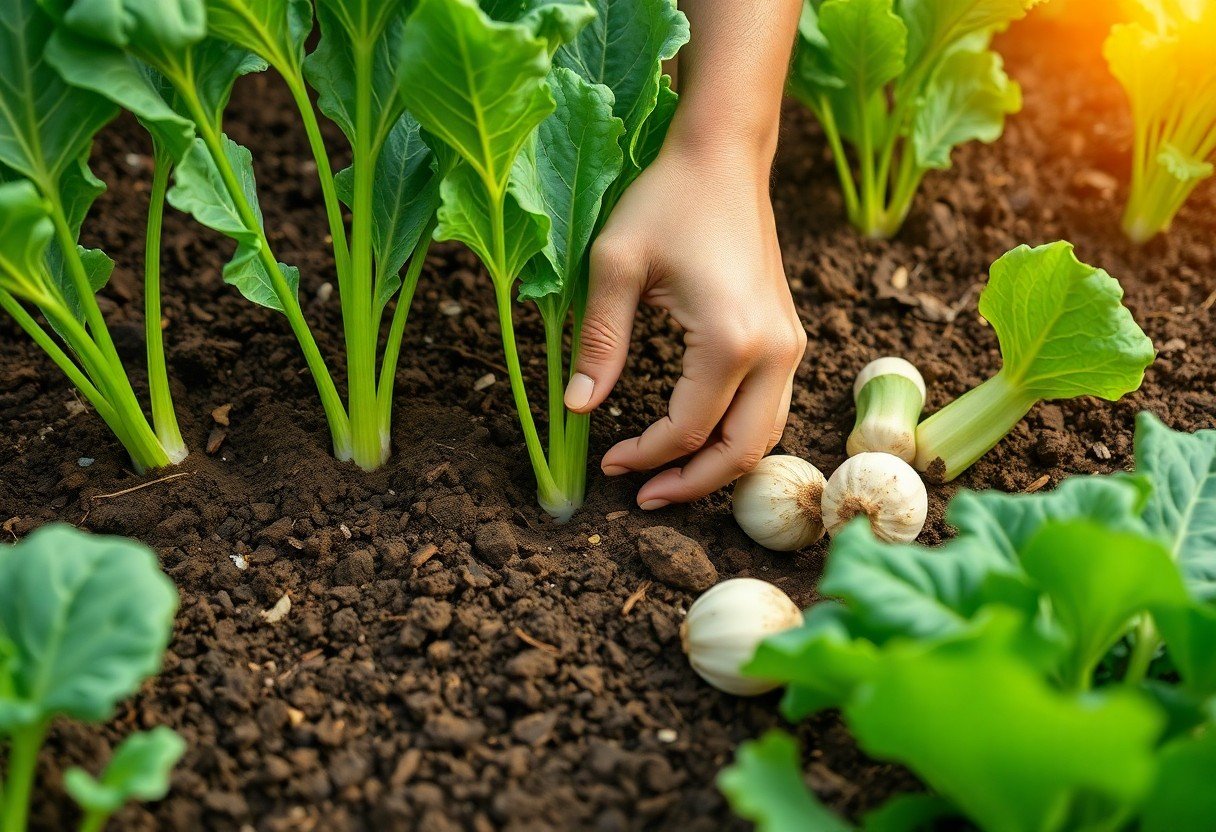
Growing Conditions
All successful gardeners know that understanding growing conditions is vital for healthy kohlrabi plants. By focusing on soil requirements and temperature alongside sunlight needs, you can create an optimal environment for your kohlrabi to thrive.
Soil Requirements
At the foundation of successful kohlrabi cultivation is the right soil composition. You’ll want to aim for well-draining soil that is rich in organic matter. A loamy texture with a pH between 6.0 and 7.0 is ideal for encouraging robust bulb development. Prior to planting, it’s wise to enrich the soil with compost or well-rotted manure to boost nutrient levels.
Soil Characteristics
| Characteristic | Recommendation |
|---|---|
| Texture | Loamy |
| pH Level | 6.0 – 7.0 |
| Organic Matter | Rich, amended with compost |
Temperature and Sunlight Needs
Soil temperature plays a significant role in kohlrabi growth. At an optimal range of 50°F to 85°F (10°C to 29°C), kohlrabi can thrive, producing the crunchy and tender bulbs that you desire. If temperatures drop below this range, growth may stall, and excessively high temperatures can lead to premature bolting or tough texture.
Temperature Guidelines
| Temperature | Effect |
|---|---|
| 50°F – 85°F (10°C – 29°C) | Optimal growth range |
| Below 50°F | Stalled growth |
| Above 85°F | Risk of bolting |
Sunlight is another critical factor in your kohlrabi’s success. Ideally, you want to provide your plants with at least 6 hours of direct sunlight daily. While they can tolerate partial shade, adequate light exposure fosters robust growth and maximizes your yield. Pay attention to the planting site, as ensuring sufficient sunlight can produce the flavor and texture you’re looking for.
Sunlight Requirements
| Light Exposure | Recommendation |
|---|---|
| Direct sunlight | 6+ hours per day |
| Partial shade | Tolerable but less favorable |
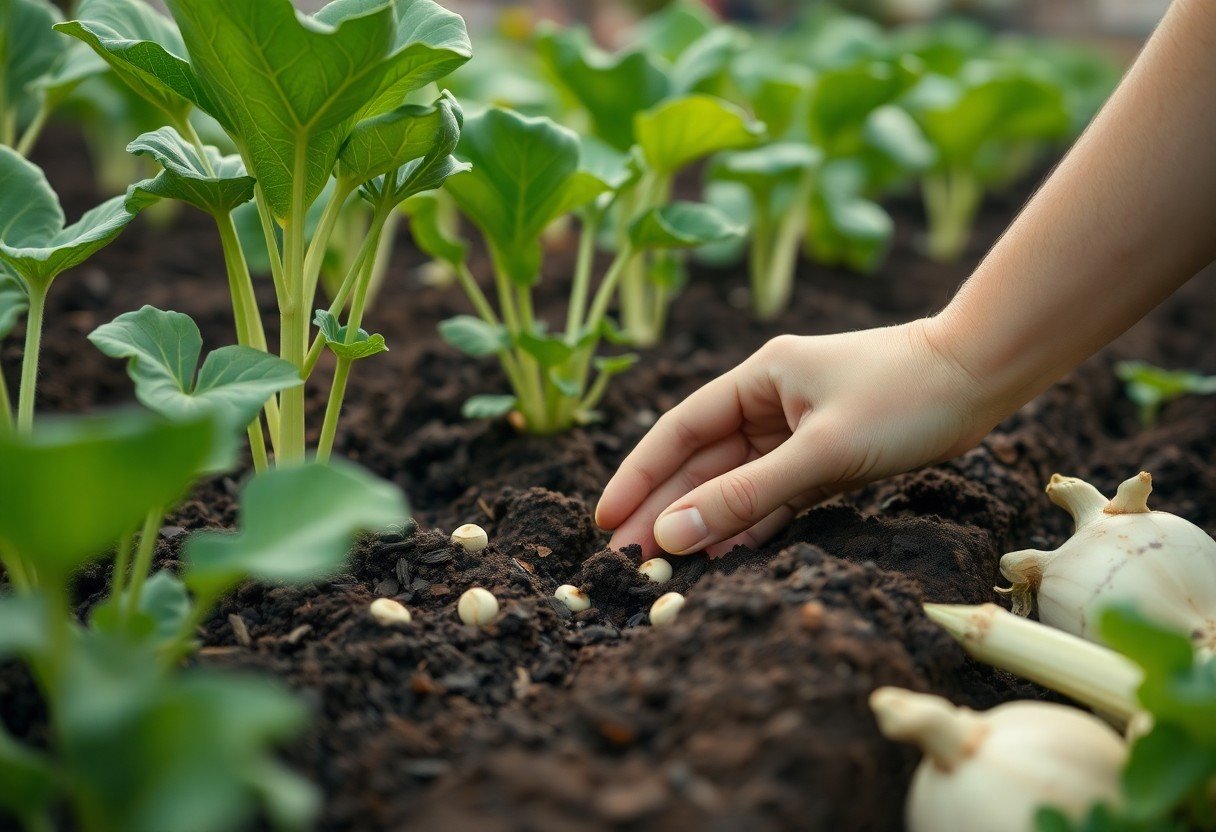
Care and Maintenance
Once again, attention to detail can make all the difference when it comes to nurturing your kohlrabi. This hardy vegetable does well under a variety of conditions, but providing the right care will ensure your plants thrive and produce high-quality bulbs. You will need to focus on watering, fertilization, and implementing pest management techniques to keep your crop healthy and vibrant throughout its growth cycle.
Watering and Fertilization
Above all, consistent watering is necessary for your kohlrabi’s growth. This plant prefers a steady supply of moisture, so aim to keep the soil evenly moist but not waterlogged. Drip irrigation or a soaker hose can help maintain this balance. During dry spells, you may need to increase your watering frequency, ensuring that your plants receive at least 1 to 1.5 inches of water per week. Additionally, kohlrabi benefits from a balanced fertilizer, ideally one that is high in nitrogen, to promote vibrant foliage and robust bulb development. Applying fertilizer once just after sowing and again mid-way through growth can optimize its growth conditions.
Pest and Disease Management
Behind the scenes, managing pests and diseases is key to a successful kohlrabi harvest. Common pests include aphids, cabbage worms, and flea beetles, which can affect your plants if left unchecked. Regular monitoring for signs of infestations is important, and implementing measures like row covers or natural predators can help keep these pests at bay. Also, ensure good airflow and crop rotation in your garden to minimize the risk of fungal diseases that can plague kohlrabi plants.
Management of pests and diseases involves being proactive in your approach. Intervening early can significantly reduce the impact of harmful insects and diseases on your kohlrabi crop. If you notice signs of stress or damage, consider solutions such as organic insecticides or companion planting to deter pests naturally. Practicing good garden hygiene, like removing plant debris and ensuring proper spacing, will also create a healthier environment for your kohlrabi to flourish.
Harvesting Techniques
Not all kohlrabi bulbs are ready for harvesting at the same time. The key to a successful harvest lies in recognizing when your kohlrabi has reached its peak ripeness, ensuring the best flavor and texture for your dishes. As a general guideline, you should aim to harvest your kohlrabi when the bulb is around 3 to 4 inches in diameter, typically around 60 to 70 days after planting. At this stage, the bulbs will still be tender and crisp, offering a delightful crunch that is perfect for salads, slaws, or stir-fries. If the bulbs begin to exceed 6 inches, they may become woody and less palatable, making it important to keep an eye on their growth progress as they develop.
Identifying Ripeness
With kohlrabi, ripeness is visually indicated by the size and color of the bulbs. Keep an eye out for uniformity in size and a vibrant green or purple hue, depending on the variety you’ve planted. It’s also beneficial to gently press on the bulb; a firm and solid texture indicates that your kohlrabi is ready for harvesting. If you notice that the outer skin begins to roughen or size varies dramatically among the bulbs, it’s a sign that some may be overripe. Taking time to observe these signs will help you ensure a more successful and flavorful harvest.
Proper Digging and Handling
Proper digging is important to avoid damaging the bulbs during harvest. To do so, gently loosen the soil around the base of the kohlrabi using a garden fork or spade, being careful not to stab or bruise the bulbs while working the soil. Once you’ve loosened the earth, use your hands to gently pull the bulb from the ground, twisting slightly to free it from the roots. Handling the bulbs with care will help maintain their quality, ensuring that you can enjoy the freshness of your harvest for an extended period.
For instance, as you harvest, it’s advisable to remove any leaves but leave a couple of inches of stem attached to the bulb. This will help prevent moisture loss and extend the storage life of your kohlrabi. After harvesting, you can rinse the bulbs to remove any soil and let them dry completely before storing them in a cool, dark place. Proper storage can help maintain their crunchy texture and flavor, so take the time to handle and store your kohlrabi with care.
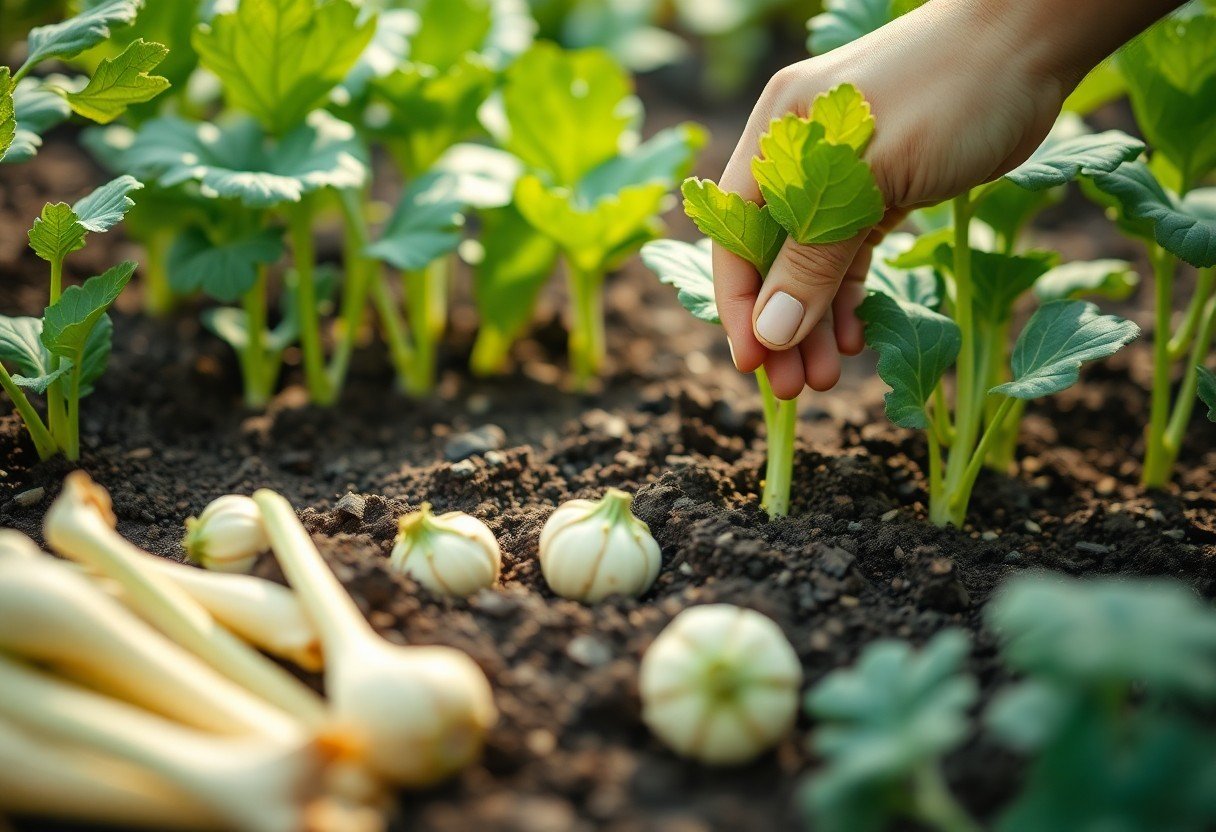
Culinary Uses
After growing and harvesting your kohlrabi, you’ll discover its versatility in the kitchen. This unique vegetable can be enjoyed both raw and cooked, making it a fantastic addition to various dishes. Its crunchy texture and mild, slightly sweet flavor lend themselves well to salads, slaws, stir-fries, and even soups. You can slice it thinly for fresh veggie platters or incorporate it into your favorite recipes for an unexpected twist. As you explore its uses, you will appreciate how kohlrabi not only adds flavor but also enhances the visual appeal of your meals with its vibrant green or purple hues.
Preparation Methods
After harvesting your kohlrabi, it’s important to know how to prepare it for cooking or serving. Begin by trimming off the leaves, which can be enjoyed similarly to collard greens or spinach. Next, peel the outer layer of the bulb, as it can be tough and fibrous. You can then cut the kohlrabi into sticks, cubes, or thin slices depending on your culinary preferences. To enhance its natural flavor, consider blanching the cut pieces in boiling water for a few minutes before incorporating them into recipes. This preparation method also helps retain its vibrant color and nutritive qualities.
Recipes and Serving Suggestions
Methods to enjoy kohlrabi are abundant, from simple salads to hearty main dishes. You can toss shredded kohlrabi with carrots and a tangy vinaigrette for a refreshing slaw or roast the bulb with olive oil, salt, and pepper for a delicious side dish. For something more adventurous, consider using it in a stir-fry along with your favorite proteins and vegetables, or boiling and mashing it as a substitute for potatoes. The raw, crunchy texture makes it an excellent ingredient in dips, while cooked kohlrabi can serve as a base for flavorful sauces.
Uses for kohlrabi reach beyond mere sides; experimenting with this versatile vegetable can lead to creative and unexpected pairings. Try incorporating kohlrabi into tacos for added crunch, or julienne it into noodles for a unique spin on traditional pasta dishes. The possibilities are endless, allowing you to blend kohlrabi into your repertoire while enjoying its distinct flavor profile and nutritional benefits.
To wrap up
To wrap up your journey with kohlrabi, you should have developed a solid understanding of everything from sowing the seeds to harvesting those crispy, delicious bulbs. By ensuring you provide the right soil conditions, water, and space, you can optimize the growth process. Incorporating proper spacing and timing will not only maximize your yield but will also enhance the flavor and texture of this versatile vegetable. Keep an eye on your plants, as the ideal time for harvesting is when the bulbs are still young, offering the best crunch and taste.
Your adventure in kohlrabi cultivation doesn’t end with the harvest. You can explore a range of culinary applications, from raw in salads to roasted or stir-fried dishes. This vegetable offers a unique taste and adds nutritional value to your meals. By experimenting with different recipes and cooking methods, you can fully appreciate this underutilized gem in your garden. Ultimately, growing kohlrabi is not just about the end product; it’s about the learning experience and the satisfaction that comes from nurturing a plant from seed to table.

